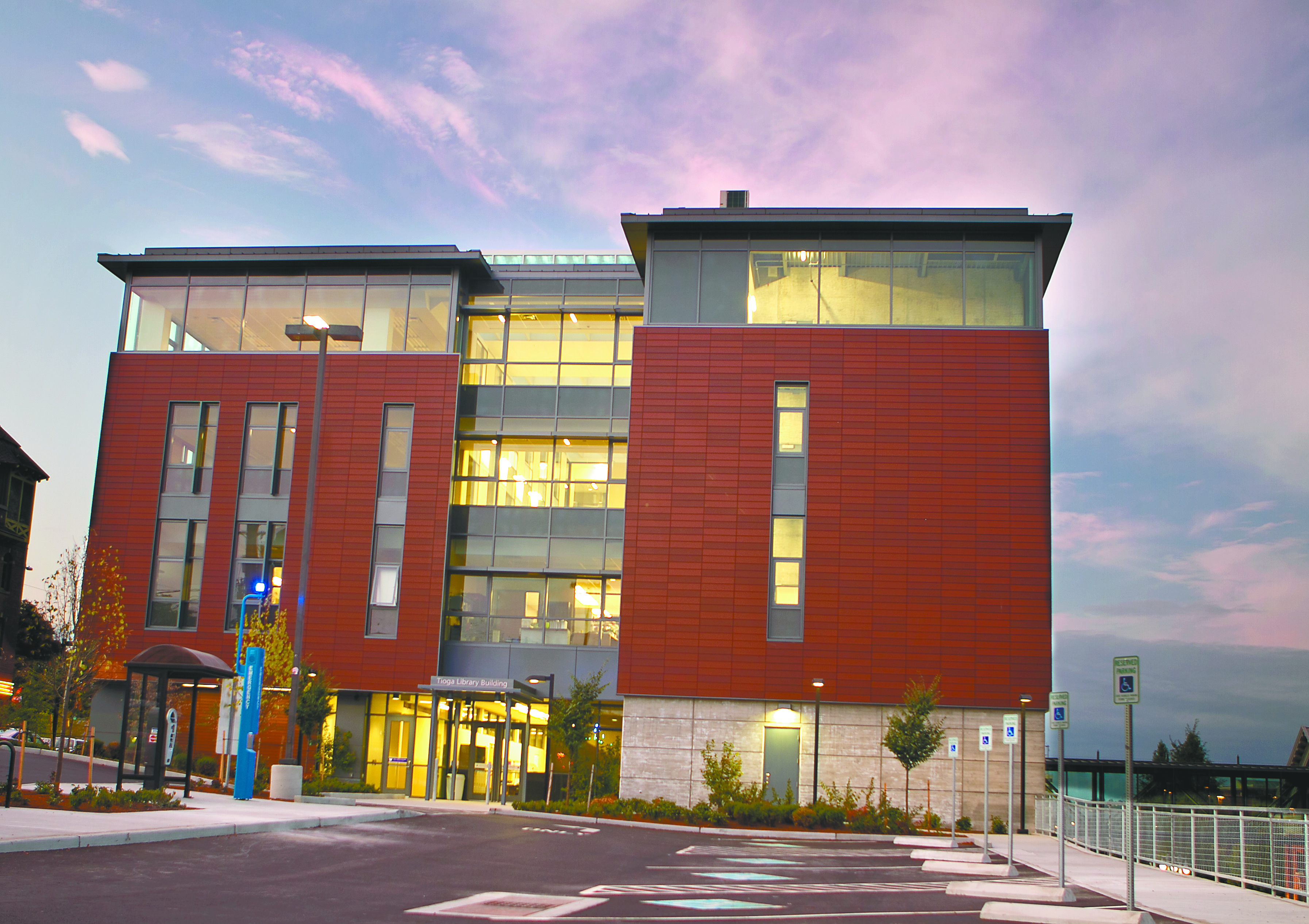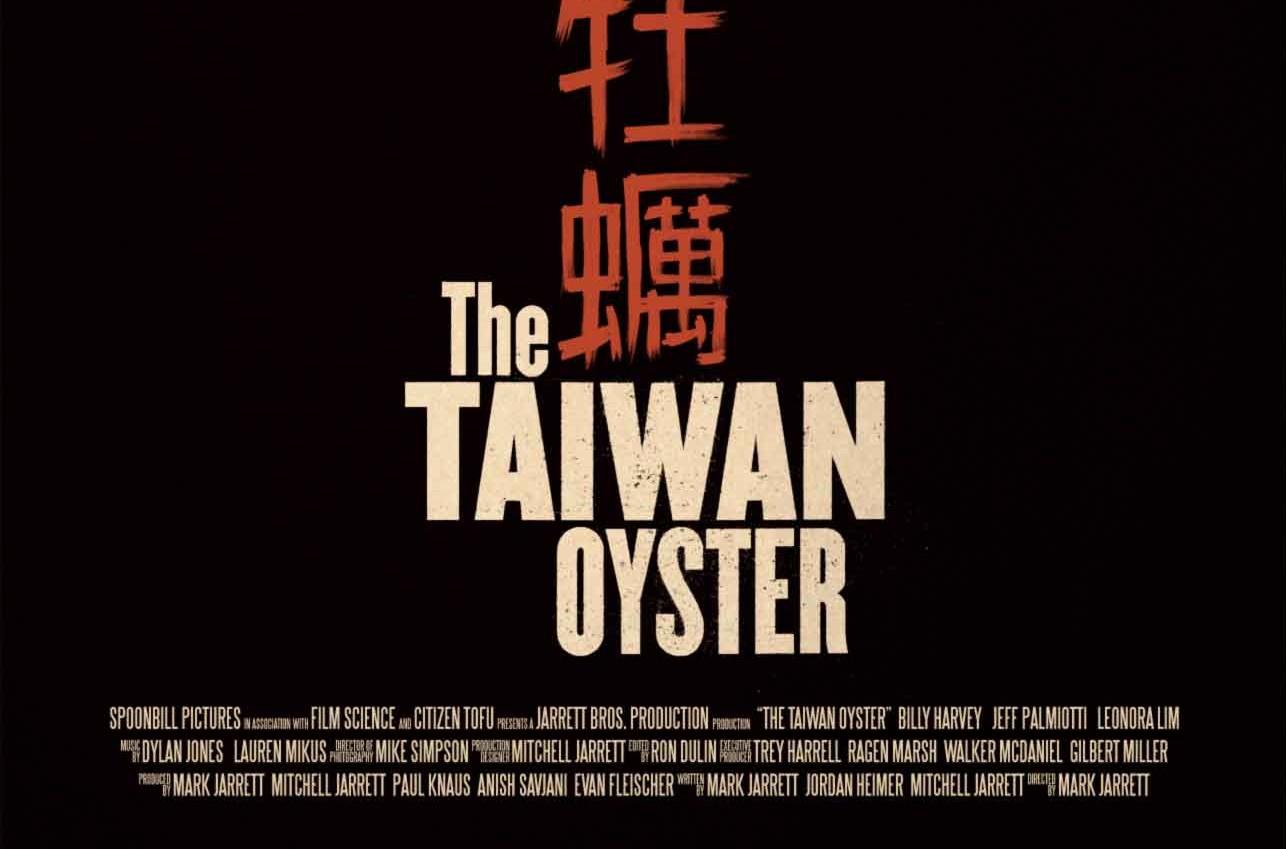Diminishment in state funding leaves half of TLB empty
The Tioga Library Building held its official opening on October 3 on the fourth floor of the new building. However, as you may have heard, that floor and the one beneath it are currently not in use, nor will they be for some time, as the flow of state money for university building projects has dried up.
According to Anna Salyer, Community Outreach Librarian, the Chancellor held a meeting with the library staff on Monday, September 24, informing them that: “There is no funding for the third and fourth floors of the Tioga Library Building.”
While this announcement came to the library staff only last week, Harlan Patterson, Vice Chancellor of Administrative Services, explained that the administration has known this to be the case since construction began. The decision to go ahead with building the third and fourth floors was made with the knowledge that constructing new buildings later on would be about 70 percent more expensive.
Tim Bostelle, Head of Library IT and member of the building committee, explained that the library planning spanned two administrations, and by the time the new one realized there would not be enough funding for the top floors, plans had already been finalized. However, he also said, “The reaction to what’s happened has been very positive.” The Snoqualmie renovation will provide much needed student space that cannot currently be provided in the Tioga Library building.
Bostelle and others from Tacoma and Seattle are working on an app called “Space Scouts” that will help students find places to study based on their needs to work with the limited space available.
Currently, the hope is that a new program will take over the top two floors and provide the funding to make them usable. Patterson said that there are a few ideas in the works; however nothing is solid enough to make public yet. Anyone can pitch an idea, even students, as long as the idea comes with a solid funding model. Whatever the method, administration is optimistic that the space will be filled and used for academic purposes.
What may be an even bigger issue is the challenge that the university now faces in funding campus expansion. Tioga Library Building was in Phase 3 of our campus master plan, which contains five phases of expansion based on predicted student body growth. Historically, the state would provide money every few years for a new building project, and while this fund has not been completely cut off, the university can only hope for perhaps one new building within the next ten years.
The money that would be used is now being channeled into K to 12. Patterson explained that, while higher education is important, K to 12 hold a constitutional obligation and right which automatically prioritizes them above universities for funding. This, coupled with the already overwrought state budget, means that drastic cuts must be made. In fact, there is currently an initiative on the ballot to reduce debt with will further limit state capital funding and make the situation even worse.
While this will mean drastic changes in the way our campus expands, it is not a rare situation for universities in general. Patterson emphasized the fact that this will be a challenge, but the administration does not want it to hinder the growth to a goal enrollment of 7,000 to 10,000 students. He predicted that with efficient use of current space, UWT could get by for at least two more years at its current growth rate, without needing to further expand the campus.
After that, the hope is that with enough students, new programs can be established that will bring funding for building projects.
While the challenge ahead will be difficult to navigate, Patterson said: “We don’t intend to let the fiscal reality of the state budget stop us.”


